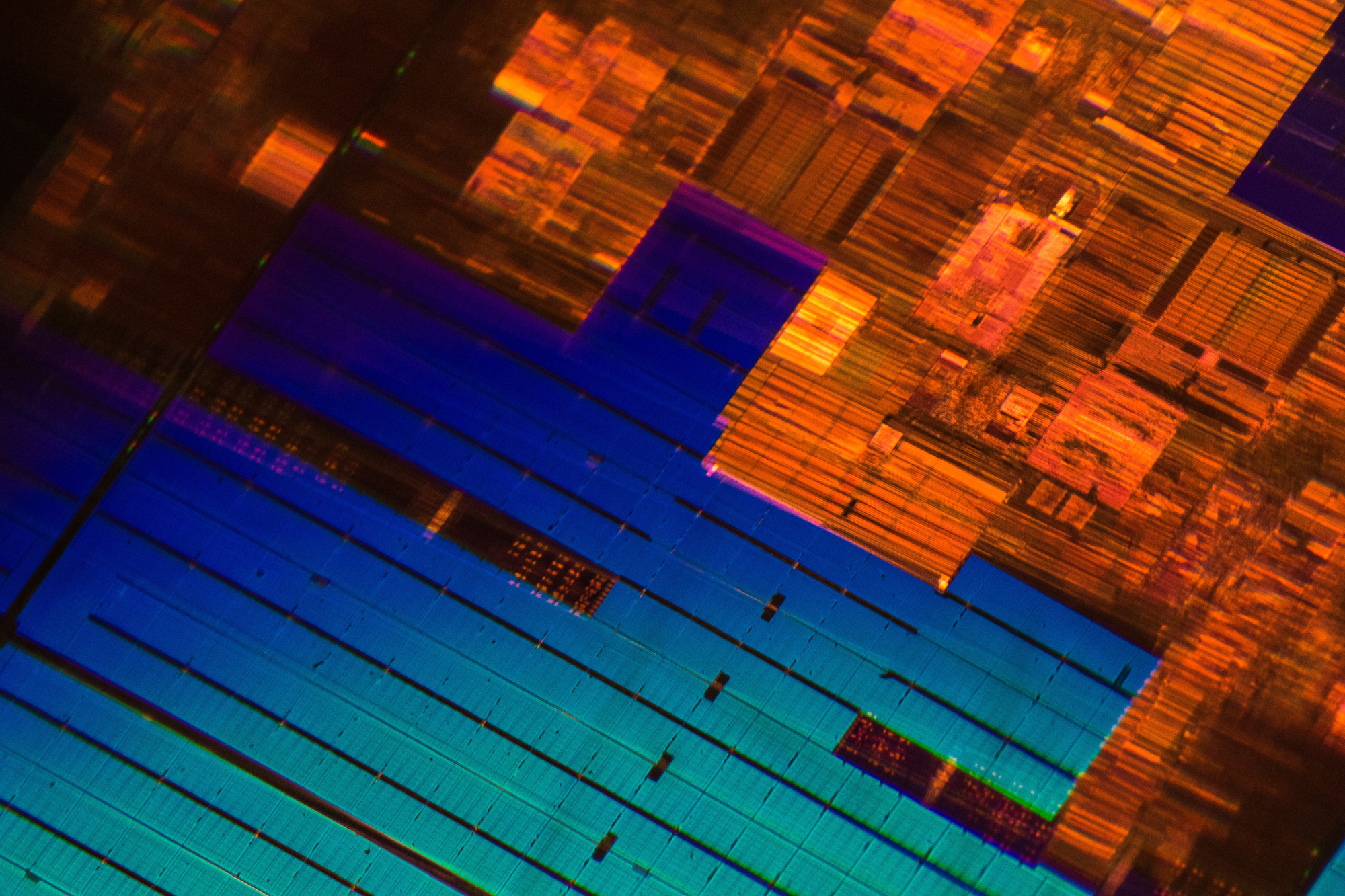
British-based semiconductor and open source software firms Arm and Canonical have joined forced to support Arm’s 64-bit v8-A architecture on Canonical’s distribution of Kubernetes, “enabling low latency and high bandwidth applications that push computing to the edge,” (in this case, the network edge).
Cloud Computing has many benefits, such as the flexibility of scaling up/down depending on business requirements, allowing companies to be agile. Also, in many cases reducing costs and improving security as cloud providers are tasked with this responsibility.
However, in the case that a system, such as an IoT network requires processing from devices without the need for centralised processing, Edge Computing (assigning computation to the network devices, such as devices, sensors, etc) is more beneficial and can be far more beneficial in relation to cost, time and efficiency.
See Also: Google Releases Angular 7: What’s New?
As a result of this edge-centric processing model, applications which are low latency and high bandwidth will be highly beneficial, which is why this coalition between the two firms is significant – it provides a greater mechanism for Edge Computing networks to thrive, as data can be processed more easily on the edge due to faster computation and data flow in the system.
Scale components independently for maximum efficiency
Arm and Canonical are helping to improve the delivery of such distributed edge-centric networks, allowing developers to independently scale components for maximum efficiency, or in layman’s terms, making it easier for software professionals to configure nodes in the network to make best use of them. As Philippe Robin, Director of open source, Infrastructure Line of Business, Arm said [2]: “New workloads require a shift in architecture to one that is more agile, software-defined, and able to support transformational technologies. The shift to a widely distributed model, where the data centre is no longer purely in the centre, but distributed, closer to the data and compute nodes”.
Future proofing operability for 5G networks
Canonical state in their press release that: “5G requires agile and scalable software, coupled with connectivity that is low latency, and at greater speeds to deliver next-generation experiences to users”.
By this, they highlight the significance of their work with Arm in supporting 5G applications which will become more common in the future. Ultimately, they claim to have provided a strong foundation for developers who are building such applications, ensuring that they can handle the networking and computing infrastructure required for 5G: “Canonical’s distribution of Kubernetes on 64-bit Arm provides a strong foundation that developers can use to build those next generation low latency and high bandwidth applications that push computing to the edge”.
This appears to be a monumental feat by the two firm’s partnership, which can help to power Edge Computing with 5G, the cutting edge of modern-day networks.






